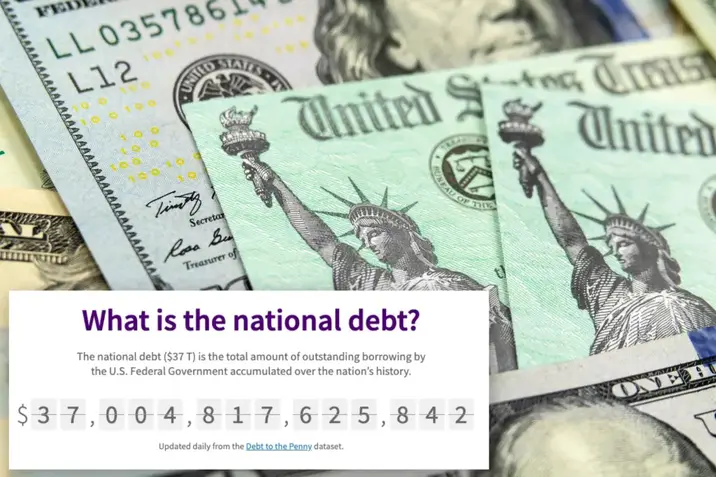T4K3.news
Bitcoin cycle debate
Analysts debate whether Bitcoin’s four-year cycle remains valid as institutions shape demand.

Industry analysts are split on Bitcoin’s four-year cycle future as institutional holders control supply and ETFs change market dynamics.
Bitcoin four-year cycles ending due to institutional control
Bitcoin’s four-year cycle has long been tied to the halving, with price peaks typically arriving in the year after the event. Recent voices, however, suggest the pattern could be unraveling as large treasury wallets accumulate BTC and ETFs steer inflows. Jason Williams, a crypto author and investor, notes that the top 100 Bitcoin treasury wallets hold almost 1 MILLION BTC and argues the four-year pattern may be over. Other experts, including Matthew Hougan of Bitwise Asset Management, acknowledge pressure on the cycle but differ on whether it has truly ended.
Macro factors such as regulatory changes, ETF adoption, and expanding institutional capital have become as influential as the halving. Some see the four-year frame as a guide rather than a rule, while others insist the cycle remains relevant and will reassert itself with future rallies. There are dissenters who argue the cycle remains intact, pointing to ongoing halving dynamics and stable historical patterns as evidence that the cycle still matters.
Key Takeaways
"Top 100 Bitcoin treasury companies hold almost 1 MILLION Bitcoin."
Attribution to Jason Williams on X
"It’s not officially over until we see positive returns in 2026. But I think we will, so let’s say this: I think the 4-year cycle is over."
Hougan, CNBC report and X post
"The four‑year halving cycle remains a useful reference point, but it’s no longer the sole driver of market behavior."
Martin Burgherr, Sygnum Bank
"So many people are saying, ‘Oh, the institutions are here, and, therefore, the cyclical sort of nature of Bitcoin is dead.’ I’m not sure I agree with that."
Seamus Rocca, Xapo Bank CEO
The debate reflects a shift from a retail-driven story to an institutional framework. If large owners and ETF flows increasingly shape price action, Bitcoin may move on macro signals, liquidity from wealth platforms, and policy cues rather than a fixed four-year rhythm. That could alter timing models built around halvings and force investors to rethink risk management, diversification, and the role of market narratives in price discovery. The risk is not simply a missed trade but a broader misread of what drives Bitcoin’s value in a more mature, regulated market.
Highlights
- Cycles are shifting, not collapsing.
- ETFs are rewriting the Bitcoin playbook.
- Halvings aren’t the sole driver anymore.
- The market now runs on macro cues and treasury demand.
Institutional influence sparks cycle risk
Rising institutional control and ETF-driven demand could alter Bitcoin’s classic four-year cycle, raising concerns about timing, liquidity concentration, and regulatory scrutiny. The shift may trigger investor backlash if expectations collide with new market dynamics.
The next chapter for Bitcoin may hinge on how rules and money interact rather than a fixed calendar.
Enjoyed this? Let your friends know!
Related News

Bitcoin volatility drops to 70% amid declining market activity

Trump signs 401k crypto policy expansion

Trump era crypto boom reshapes wealth map

Ethereum price could hit $22,500 as ETF sparks optimism

Bitcoin hits new ATH

Tim Wellens wins Tour de France stage amidst rival criticism

US debt climbs past 37 trillion

Bank of England to cut interest rates to four percent
